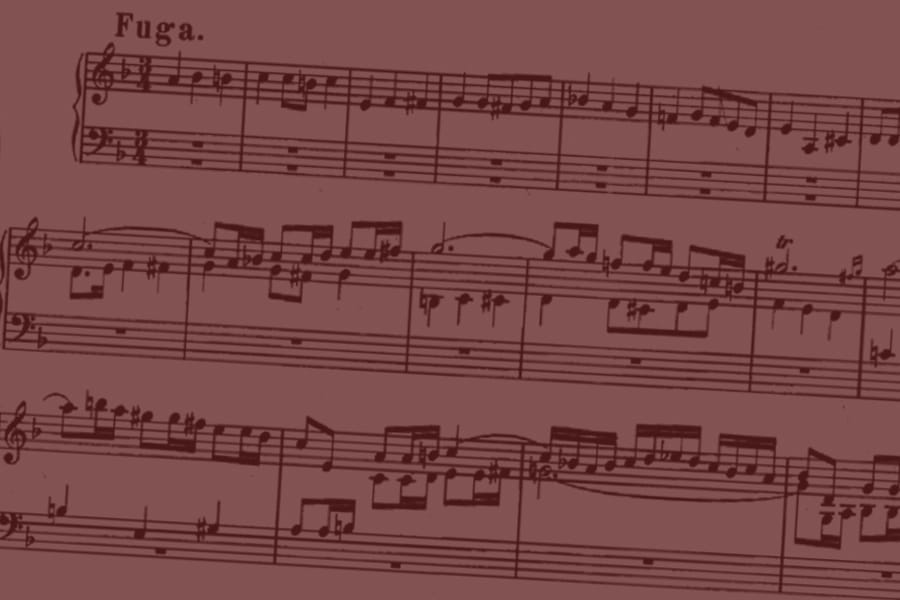
In an A-to-Z edition of State of the Arts: Fantasia and Fugue. Both allow the performer (and composer) to show off their skills, but in a different way. A fantasia tends to be virtuosic, but at the same time should sound like it’s being improvised. A fugue, in order for it to work, has to also meet certain formal expectations. Especially important: the opening subject needs to be one that the listener will be able to recognize each time it enters, in ever thickening textures of other voices. Counter-subjects need to flow out of what precedes them, and be able to follow the rules of harmony and counterpoint when played at the same time as the subject. It all needs to make sense both structurally, and just as importantly, to the ear.
Here’s a quartet of singers (plus a string quartet) performing Glenn Gould’s “So You Want to Write a Fugue”:







